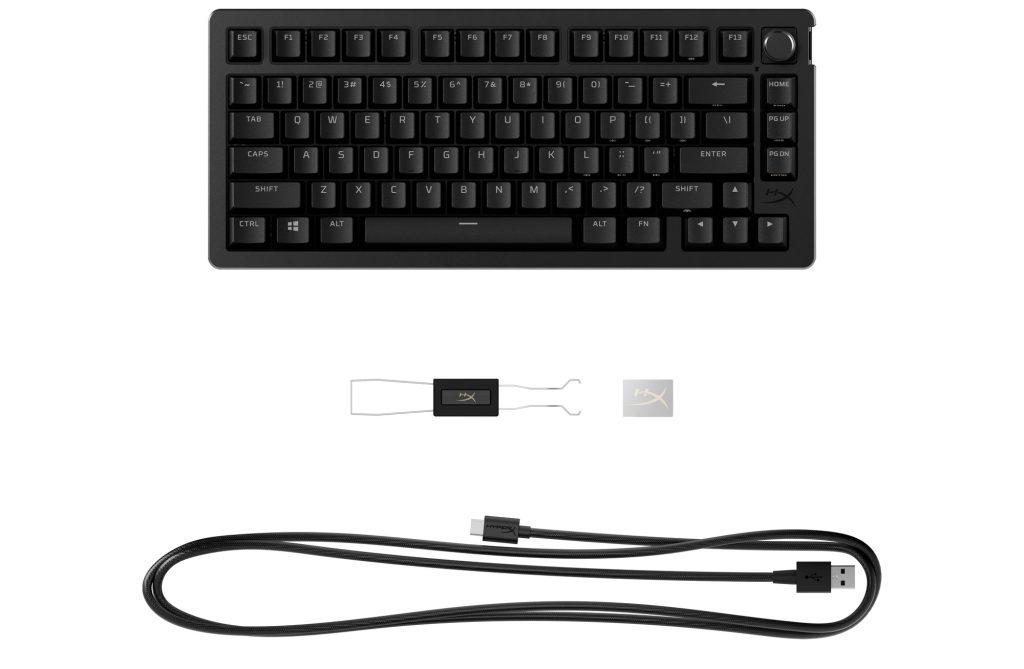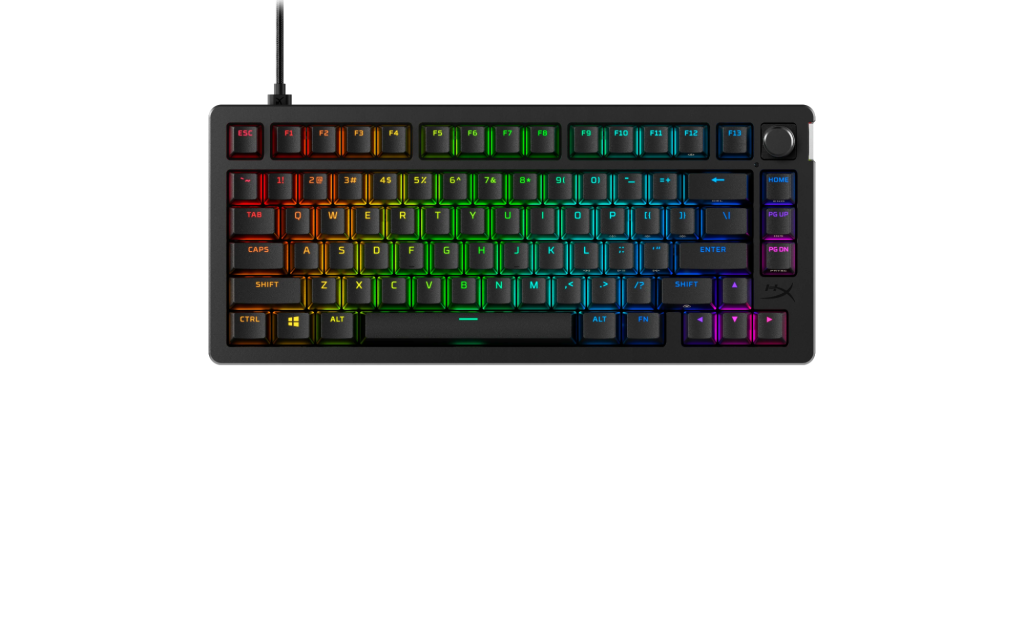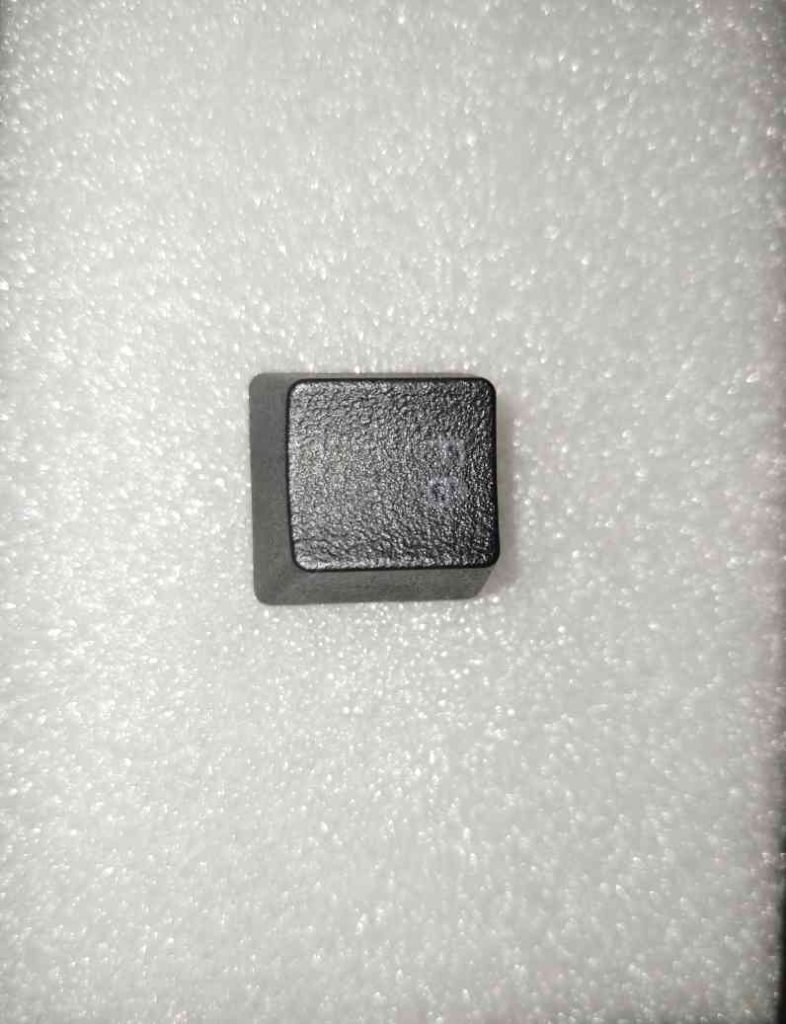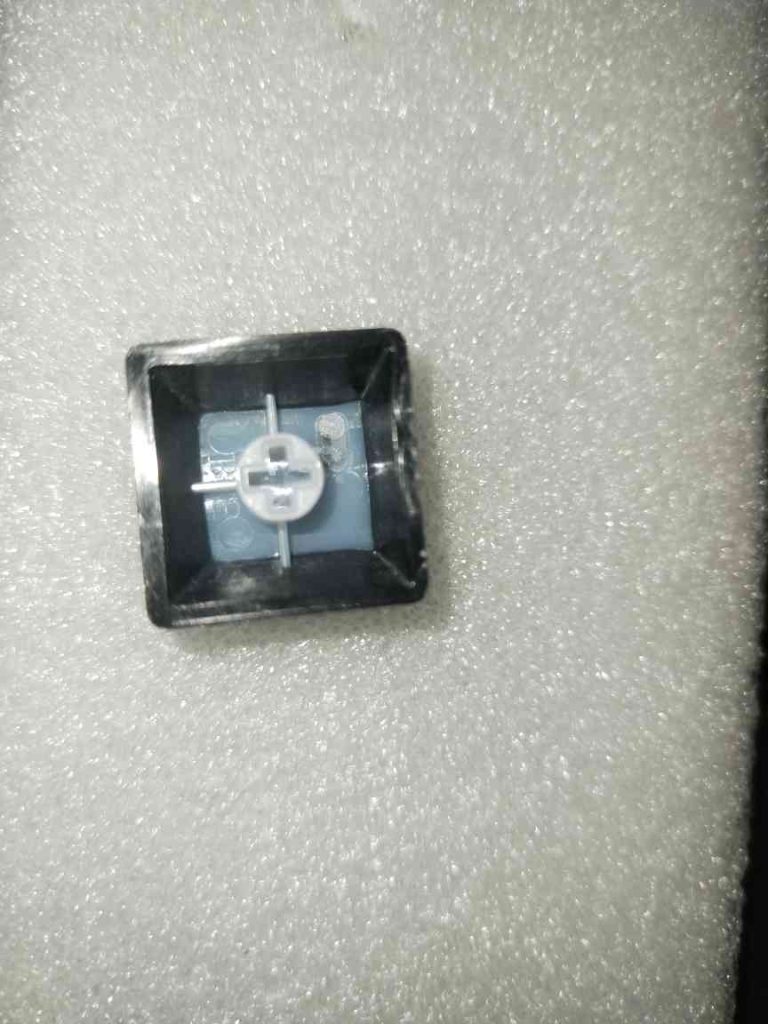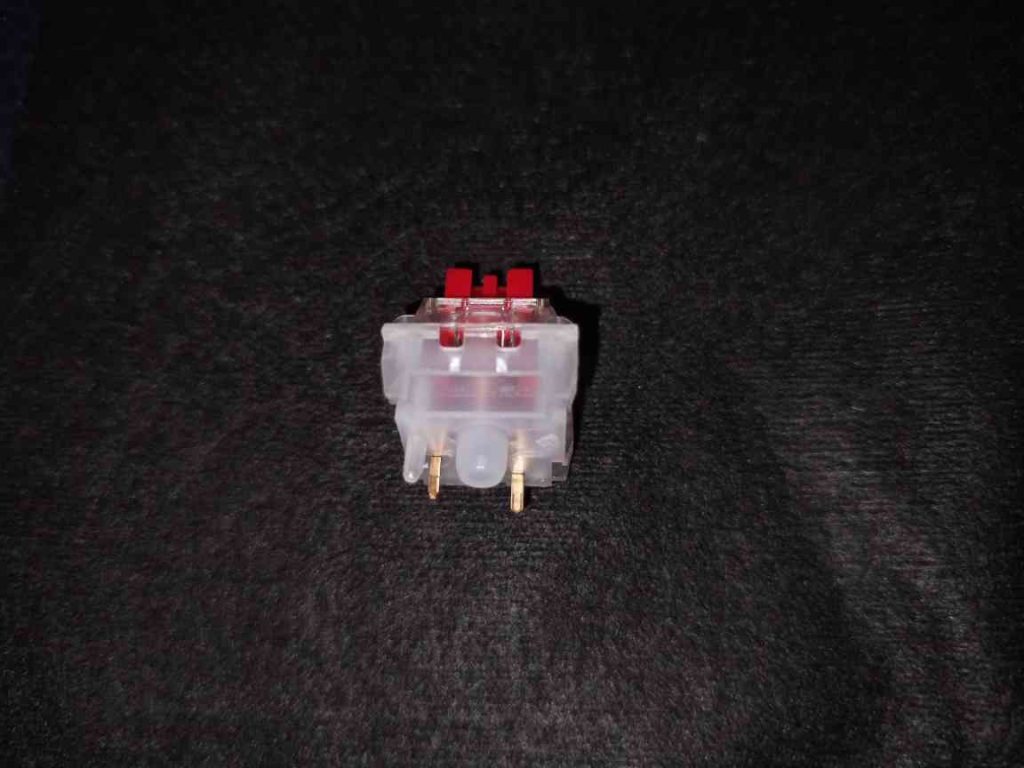HyperX is a known brand, developing different gaming products such as headsets, mice, keyboards and more. For many people, the recognizable logo is an equivalent to a promise of quality, aesthetics and comfort. And there is no surprise, since HyperX is an award-winning brand, seen on many gaming tournaments and used by many streamers. As the official site claims, the company shipped over 20 million gaming headsets, one million keyboards and one million microphones worldwide.
However, when it comes to its keyboards, HyperX was falling behind on the Hot-Swap keyboard, that become more and more popular over the year. To step into this race too, they presented a HyperX Alloy Rise series, with both 100% and 75%, wired and wireless options for users to chose from. The pricing of these products hit a mid to high segment, which promises better materials and quality, along with the name of a great brand.
As a part of the so called HyperX Family myself, I got myself the HyperX Alloy Rise 75 wired keyboard, that promised to be the ‘most customizable toolless mechanical gaming keyboard on the market’. Aside from the Hot-Swap, it comes with the replaceable metal plate, special decorative badges and a unique ambient light sensor, that adjusts RGB brightness according to the environment. Out of the box, it promises the pre-lubed HyperX linear switches, designed for 80 million presses.
However, as the marketing descriptions always sound great, the truth unravels when you get the product into your hands. Even more, some defects and issues start to appear after some time of usage, and the praising unpacking videos from the streamers might be deceiving. Thus, I game my keyboard some time to open all it’s hidden secrets and after several months of usage I’m ready to share my experience.
Aesthetically, the keyboard is really nice and will look great with any setup. While the magnetic steel plate usually come black by default, those who can’t afford to buy a different color separately, can simply color it themselves or come up with other options to make it look unique. While some reviews claim that the magnets holding it in place are weak, on my keyboard they are pretty strong, and it takes some efforts to take the plate off.
The RGB lights of the keyboard are pure and have four different brightness modes to choose from. The light sensor is here to help with that, and it works perfectly, making the light stronger at daytime and lower the brightness at night. However, for me this appeared to be just an additional function I don’t use, as the system preferences don’t match what I need from the light.
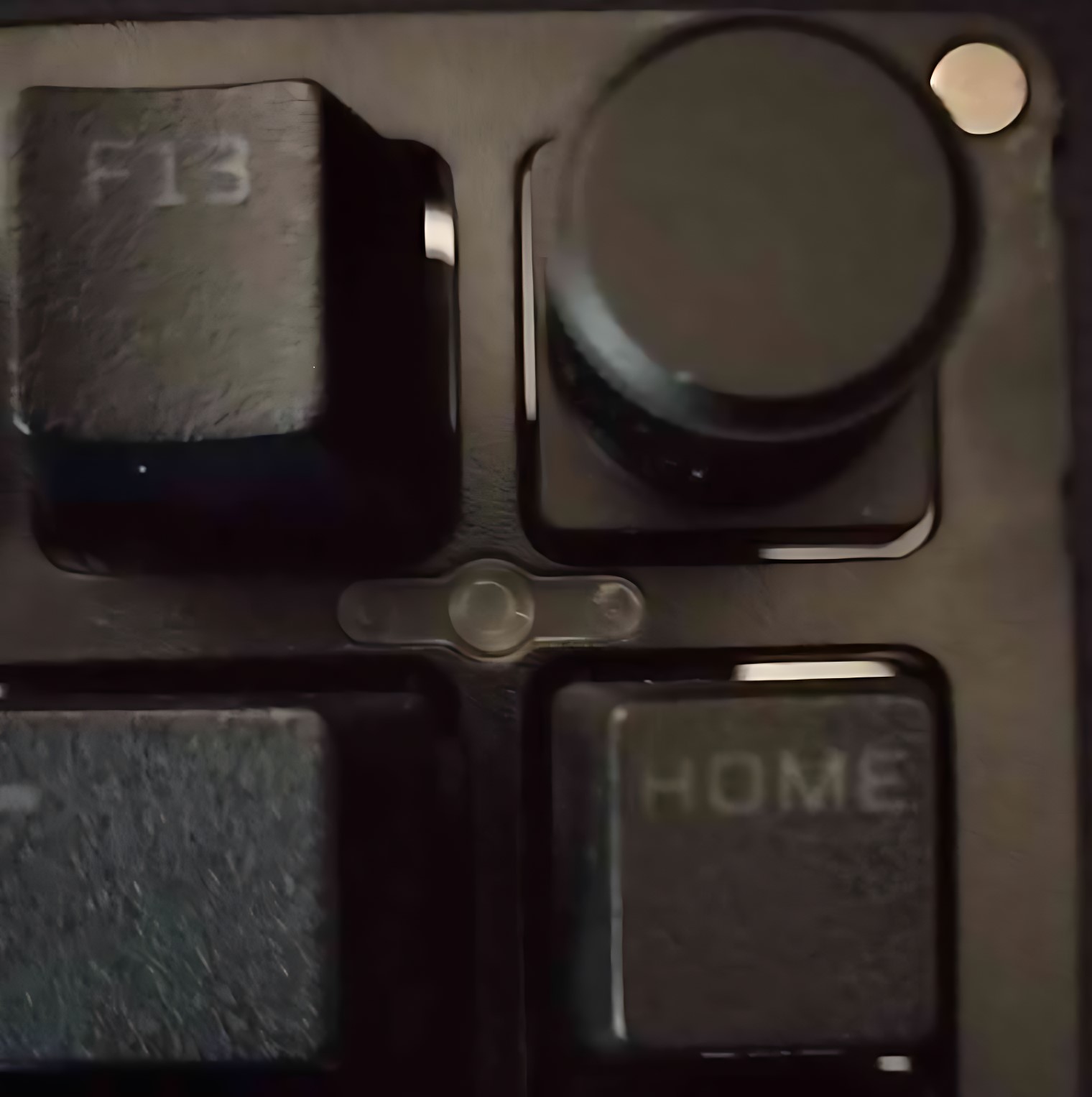
The sensor itself is placed beneath the volume knob, and often it reads the surroundings wrong, especially if the lamp or window are on some side and the shadow from keycaps fall on the sensor. The same is true about the monitor light, if, for example, there is something white on the screen and the light falls on the sensor, it will react too, bringing the RGB light to the full power.
When it comes to typing, the experience feels as satisfying as it can be with the linear switches, as they are designed for gaming. The sound is mostly consistent, yet some keys on the edges can sound a bit different due to the keyboard case form. There are plenty of sound tests on YouTube for these keyboards, and I can say that it sounds almost the same way as on these videos.
Yet the main addition to it is the material of the keycaps. The PBT there is pretty thick and made with great care. The hot-keys combos are printed on the form side of keycaps, which is a great decision. All letters are evenly lit by RGB light, while the bottom edges of the keycaps are smoothed carefully with no jags left behind. Additional tactile feel comes from the grainy texture they have. However, the same texture brings the downside to it – the grease and dirt gather in the tiny cavities, which takes some efforts to clean.
The HyperX NGENUITY software works perfectly with the keyboard. It has flexible RGB customization, with no complication to synch them with keyboard. The hot-keys and macros combination can be easily adjusted there too, fitting the gamer’s personal needs. When it comes to software update, there is no issue either. When the keyboard is connected, the update happens automatically.
HyperX Alloy Rise usually comes with the linear HyperX Red switches, but there are also options with the Aqua and Blue. The official specification says that they have a stable POM half-wall stems and short 1.8mm travel actuation, which is nearly identical with the Cherry Red, with only 0.2mm difference. The switches are really light and respond to nearly every touch, leading to countless miss press if typing style isn’t consistency and too fast.
However, in my case, switches became the weakest point of the entire keyboard. After about a month of usage, the key chattering appeared. At first, I thought it’s just my typing style needs improvement, but as the problem was ticking to the certain keys, I’ve decided to check it with the switch hitter app. Sadly, it confirmed the worst.
The keys are chattering, especially most used ones, and soon they began to stop responding at all. It’s not an accidental fast stroke or mistake of the app. I’ve managed to recreate the chattering by slowly pressing the keys. As a troubleshooting method, I simply replaced the switches with those that I use less often, and it managed to fix the problem. However, it began to reappear of different keys, and I hit the limit of swaps.
To figure out what was wrong with the switches, I’ve begun to examine them more closely and made an interesting discovery. The metal pins of the affected keys were covered with the dark substance, that seems to be either oxidation, or some kind of charring. This could be an effect of electric arcing, however as the keyboard operates on 5A, I’m not sure how likely the arcing effect can be.
The most logical explanation I came up with is the lube used at the manufacturing. It seems to leak through the tine holes around pins and then creates this dark matter. And since the keys are not all evenly lubed, the first keys to suffer are those that had more of it. Cleaning the switches with isopropyl alcohol helped to fix the problem for a while, but there is still a question will it reappear or not.
With this problem, I’ve contacted the HyperX support service, and they assured me that it’s not a keyboard issue but the switches-related one. However, due to my location they couldn’t provide the replacement pack, but those who are more lucky can be sure that they will receive the spare parts under warranty period.
There is one important component left, which I didn’t mention yet. It’s stabilizers. For more common users it might be not the most important part, but those who prefer comfort and consistent sounds, the stabs can become a nightmare.
In HyperX Alloy Rise, the stabs come pre-lubed, but the lube itself seems to be not a Krytox or some other known brand. After a month it dried and the wobbling and rattling of space bar and backspace became pretty annoying. However, as the stabs are screw-in PBC mounted, it will be hard to tune them with the methods known by enthusiasts without losing warranty.
In the end, I can express my describe my experience with HyperX Alloy Rise 75 as tiresome. Promising to improve my gaming experience and bring comfort to it, the keyboard shone only for a month. In the long run it appeared to be the troublesome product, which HyperX still need to work at and improve. And it’s not only about switches.
In fact, the current keyboard I’m writing this review about is the second one I’ve got as replacement. The first one I’ve received had a PCB bug or strange short-circuit that resulted in the ghost typing of the entire row of keys from 7 to N. Perhaps it was my mistake to take another Alloy Rise and face more issues, believing in HyperX quality, or I’m just happened to be unlucky.

